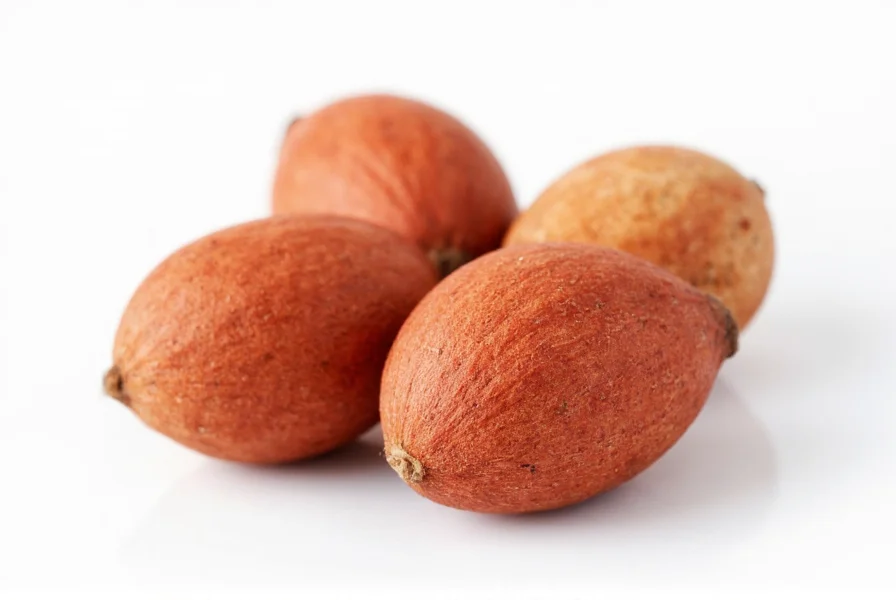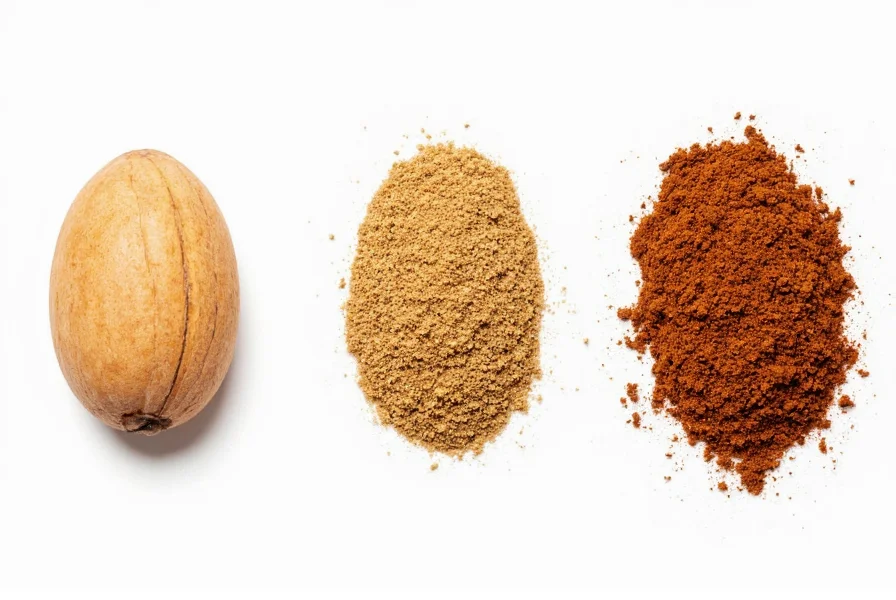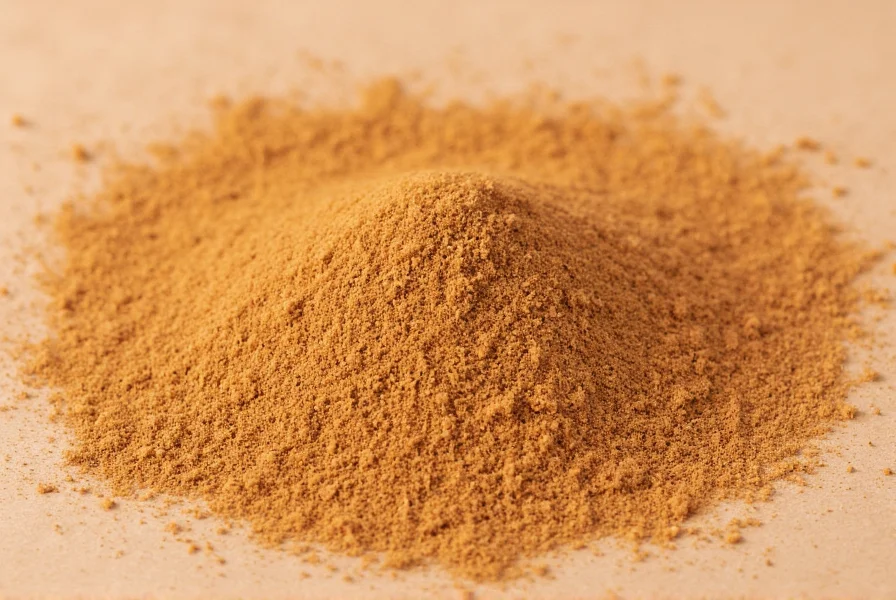Understanding the precise color of nutmeg is essential for both culinary professionals and home cooks. This distinctive spice, derived from the seed of the Myristica fragrans tree, displays characteristic color variations that indicate freshness, quality, and potency. The natural brown color of nutmeg serves as a visual indicator of its condition and usability in various recipes.
Visual Characteristics of Nutmeg
Whole nutmeg seeds present a distinctive appearance with their warm brown exterior. When examining fresh nutmeg, you'll notice:
- A rich, reddish-brown to tan-brown outer shell
- A slightly mottled texture that appears almost woody
- Dimensions typically ranging from 20-30mm in length
- A smooth surface with subtle natural variations in tone
When ground, nutmeg transforms into a fine powder with a more uniform brown color. The freshly ground version maintains a vibrant, warm brown hue that gradually fades to a duller, paler brown as it loses potency through oxidation and exposure to light.

Factors Affecting Nutmeg Color
Several elements influence the specific shade of brown that nutmeg displays:
| Factor | Effect on Color | Quality Indicator |
|---|---|---|
| Freshness | Fades from rich reddish-brown to pale brown | Darker = fresher and more potent |
| Processing Method | Machine-ground appears more uniform than hand-ground | Consistency indicates processing quality |
| Storage Conditions | Exposure to light accelerates fading | Dark containers preserve color longer |
| Moisture Content | High moisture causes darkening and clumping | Dry, free-flowing texture indicates proper storage |
Color as a Quality Indicator
The brown color of nutmeg serves as a reliable freshness gauge. Professional chefs and spice connoisseurs use visual assessment as their first quality check. When evaluating what color nutmeg should be, consider these indicators:
Fresh nutmeg displays a deep, warm brown with reddish undertones, while older specimens fade to a pale, almost yellowish-brown. The most vibrant examples indicate recent harvest and optimal essential oil content. As nutmeg ages, its color lightens significantly, correlating with diminished flavor and aroma.
Ground nutmeg color changes more rapidly than whole nutmeg due to increased surface area exposure. Properly stored whole nutmeg maintains its rich brown color for up to two years, while ground versions begin fading within months. This explains why many culinary experts recommend buying whole nutmeg and grinding it fresh for the most vibrant color and strongest flavor.
Comparing Nutmeg to Similar Spices
Understanding the specific brown color of nutmeg helps distinguish it from other common spices:
- Mace (from the same plant): Bright orange-red when fresh, becoming pale yellow-orange when dried
- Cinnamon: Lighter tan-brown with more reddish notes
- Cardamom: Green pods with dark brown seeds inside
- Allspice: Darker brown, almost black in some varieties
These visual distinctions prove particularly valuable when identifying spices in markets or when verifying authenticity. The characteristic nutmeg brown color remains consistent across different growing regions, though subtle variations may occur based on soil composition and climate conditions.

Practical Applications of Nutmeg Color Knowledge
Recognizing the proper color of nutmeg serves several practical purposes in culinary applications:
When following recipes that specify "freshly grated nutmeg," the vibrant brown color indicates optimal potency. Dull, faded nutmeg suggests diminished flavor that may require increased quantities to achieve the desired taste profile. In baking, the warm brown color of nutmeg complements other spices in recipes like pumpkin pie, gingerbread, and holiday cookies.
Professional food photographers often select nutmeg with the richest color for styling purposes, as the warm brown tones photograph beautifully against neutral backgrounds. Food scientists studying spice degradation monitor color changes as an indicator of oxidation and essential oil evaporation.
For those wondering how to identify good quality nutmeg by color, look for specimens with consistent, deep brown tones without spots or discoloration. The most valuable nutmeg maintains its characteristic brown hue without appearing dusty or faded. Understanding these visual cues helps ensure you're using the highest quality spice in your culinary creations.
Maintaining Nutmeg's Vibrant Color
Preserving the rich brown color of nutmeg requires proper storage techniques:
- Store whole nutmeg in airtight containers away from light
- Keep ground nutmeg in opaque containers to prevent fading
- Avoid humid environments that can cause discoloration
- Buy small quantities that you'll use within 6-12 months
These storage practices help maintain not only the attractive brown color of nutmeg but also its essential oils and aromatic compounds. The visual appeal of properly stored nutmeg directly correlates with its culinary performance.











 浙公网安备
33010002000092号
浙公网安备
33010002000092号 浙B2-20120091-4
浙B2-20120091-4